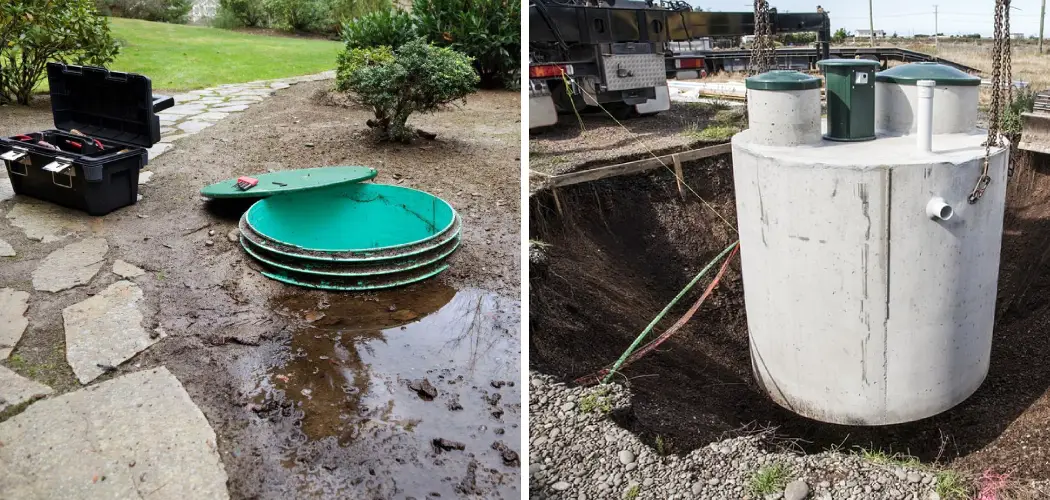Septic tank backups are a homeowner’s worst nightmare. Nothing is worse than having raw sewage backup into your home. Not only does it create a real mess, but it can also pose serious health risks and costly damage if left unaddressed. If you’re dealing with a septic system backup in your home, this guide will show you how to fix septic tank backup without investing too much time or money in the process. Plus, we suggest preventive measures so that you can avoid any potential disasters from ever happening again down the line!
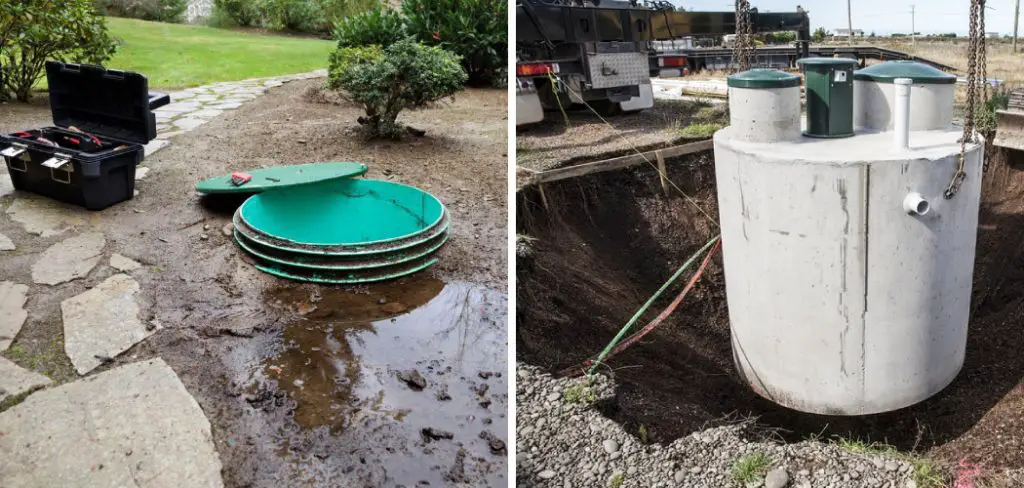
Why is Septic Tank Filling Up Quickly?
The first step to understanding how to fix septic tank backup is to comprehend why it’s happening in the first place. Generally, a septic system will fill up quickly when solids and liquids accumulate faster than the bacteria can break them down. This often happens when there are too many items being flushed down the drain or not enough bacteria present in the tank.
Other factors, such as tree root intrusion, pipe blockages, or poorly timed pumping and maintenance, can also cause septic tank backup. Additionally, if the drain field is not functioning correctly, it can cause septic tank overflow as well.
10 Methods How to Fix Septic Tank Backup
1. Call a Professional Septic Tank Service
If you have a septic tank, it’s important to have it serviced regularly to avoid a backup. A septic tank backup can be a messy and smelly problem. If you do have a backup, the first thing you should do is call a professional septic tank service. They will be able to pump the tank and get rid of the sewage that has backed up. If the tank needs to be cleaned, they will also be able to do that.
2. Do Not Use Water
If you have a septic tank backup, it’s important that you do not use any water in your home. This includes flushing toilets, running faucets, or using the washing machine or dishwasher. Using water will only make the problem worse by adding more sewage to the tank. If you must use water, only use it in small amounts, and make sure to avoid putting things like grease, food scraps, and other debris down the drain.
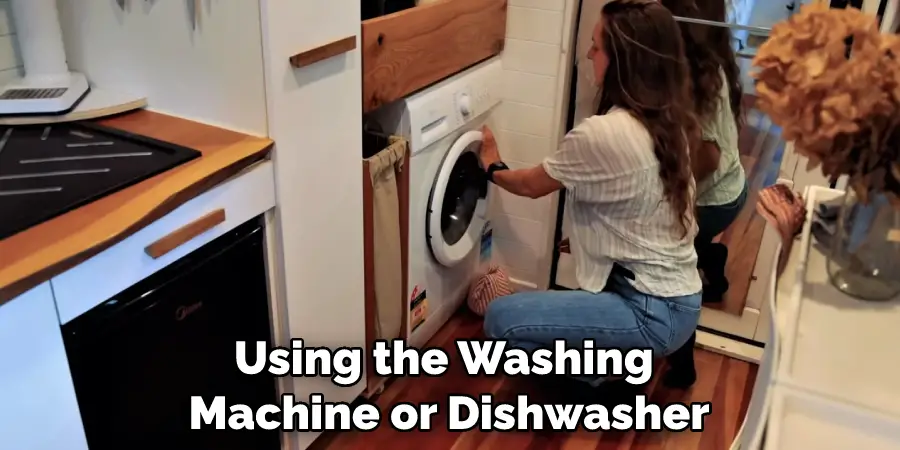
3. Do Not Put Anything down the Drains
It’s also important that you do not put anything down the drain when you have a septic tank backup. This includes food scraps, grease, or anything else that could clog the drain field. Putting things down the drain will only make the problem worse and could cause an even bigger backup. If you have a septic tank backup, it’s best to call a professional plumber to take care of the problem as soon as possible.
However, if you must try to unclog the drain yourself, use an enzymatic cleaner that is designed for septic tanks. This product will help break down the organic material and reduce the amount of buildup in your drain field. Always follow the directions on the label when using any type of cleaner. This will help to prevent any further damage to your septic system.
4. Contact Your Local Health Department
If you have a septic tank backup, you should also contact your local health department. They may be able to provide you with information on how to clean up the mess and what needs to be done to prevent another backup from happening. They can also provide information on septic tank maintenance and inspection, which is important to prevent future problems.
Additionally, they may be able to refer you to a qualified contractor to help with the repair and maintenance of your septic tank. It is important to note that many health departments have minimum requirements for septic tank maintenance, so it is important to make sure you are following these requirements.
5. Pump Out Your Septic Tank
One of the best ways to fix a septic tank backup is to simply pump out the tank. This can be done by a professional septic tank service or by renting a pump from a hardware store. Be sure to follow the instructions carefully so that you don’t damage the tank or cause another backup.
If you do decide to pump out the tank yourself, be sure to wear protective clothing and gloves to protect yourself from harmful bacteria. After pumping out the tank, you should also check to make sure there are no blockages or clogs in the pipes leading from the tank. If you find any problems, you may need to contact a professional septic tank service to fix them issue.
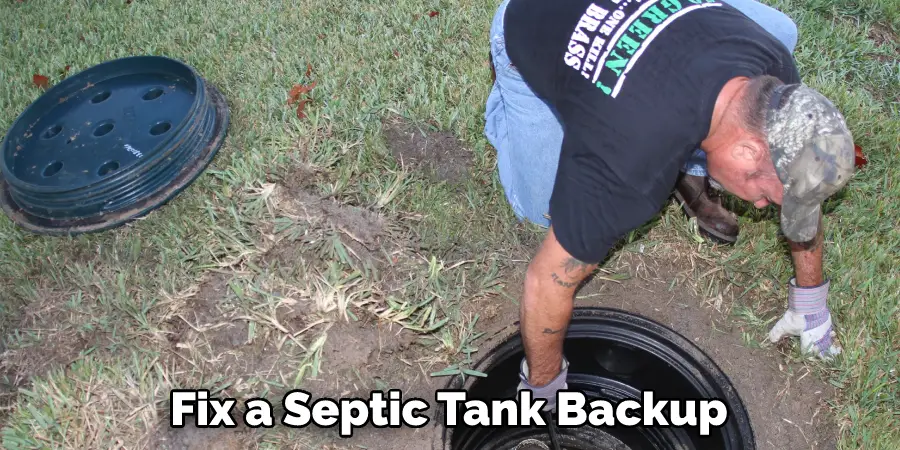
6. Repair Any Leaks in Your System
If there are any leaks in your septic system, they need to be fixed as soon as possible. Leaks can allow sewage to escape from the system and cause a backup. A professional septic tank service can help you find and repair any leaks in your system.
While they are on site, they can also offer advice and inspection services to ensure your system is functioning properly. Make sure to contact your service provider if you suspect any leaks in your system.
7. Clean up Any Sewage that Has Leaked Out
If sewage has leaked out of your system, it’s important to clean it up immediately. Sewage can contain harmful bacteria that can cause serious health problems if ingested or come into contact with open wounds. Wear protective clothing, such as rubber gloves, when cleaning up the mess.
Use a shovel or another tool to carefully scoop up the material and dispose of it in an area away from your home. You may need to use a disinfectant or bleach solution to completely remove any bacteria from the area. Be sure to also check for any potential damage and repair it so that future leaks don’t occur. Additionally, be sure to contact your local health department for any additional advice or resources.
8. Check for Pipe Blockages
If you have a backup in your septic system, it’s important to check for any blockages in the pipes. The blockage may be caused by roots, debris, or other materials that prevent the sewage from flowing properly through the pipes.
A professional septic tank service can help you remove any blockages and get your system flowing again. Though it’s best to call a professional, you can also check the pipes yourself. Use an auger or snake to try and remove any debris that may be causing the blockage.
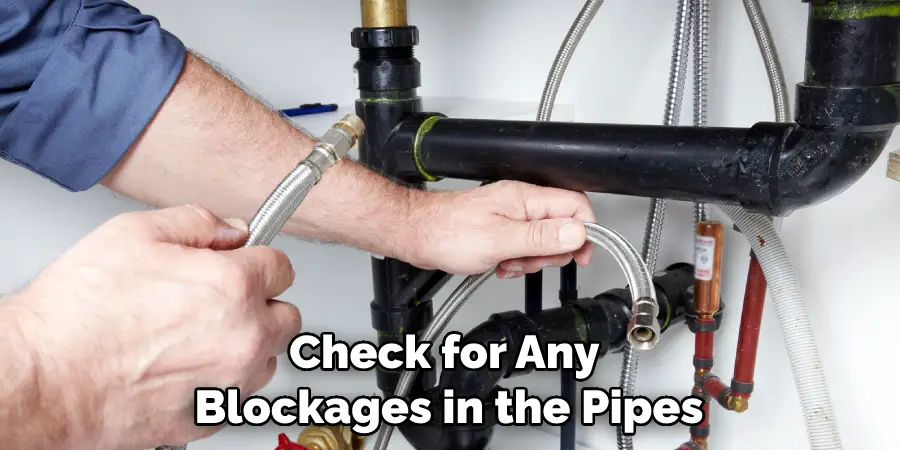
9. Repair or Replace Your Drain Field
The drain field is an important part of any septic system and needs to be in good condition in order for the system to work properly. If there is damage to your drain field, it needs to be repaired or replaced as soon as possible. A professional septic tank service can help you with this.
However, if the damage is extensive, it may be more cost-effective to replace the entire drain field. When replacing a drain field, it’s important to make sure that it is properly sized and installed in order to ensure the proper functioning of the septic system. It’s also important to check for signs of root intrusion, erosion, and ground compaction that could prevent proper drainage.
10. Add Bacteria to the Septic Tank
If there are not enough bacteria in your septic tank, it can cause a backup. Adding bacteria to the tank will help keep it functioning properly and reduce the risk of backups. There are special products available for this purpose at most hardware stores or online retailers. Be sure to follow the instructions carefully when adding bacteria to your system.
Things to Consider When Fixing Septic Tank Backup
1. Understand Your Septic Tank System:
Knowing how your septic tank system works and how it is connected to other components in the home, such as drain fields, is the first step in fixing a septic tank backup. Make sure you understand how wastewater flows out of your home and into your tank, as well as know where tanks, risers, and other related components are located.
2. Pump Out Your Tank:
Pumping out your septic tank on a regular basis (at least every two or three years) helps prevent solids from building up and creating blockages that can cause backups. After you pump out the sludge, make sure to check for obstructions or signs of damage that could be causing the problems with your system.
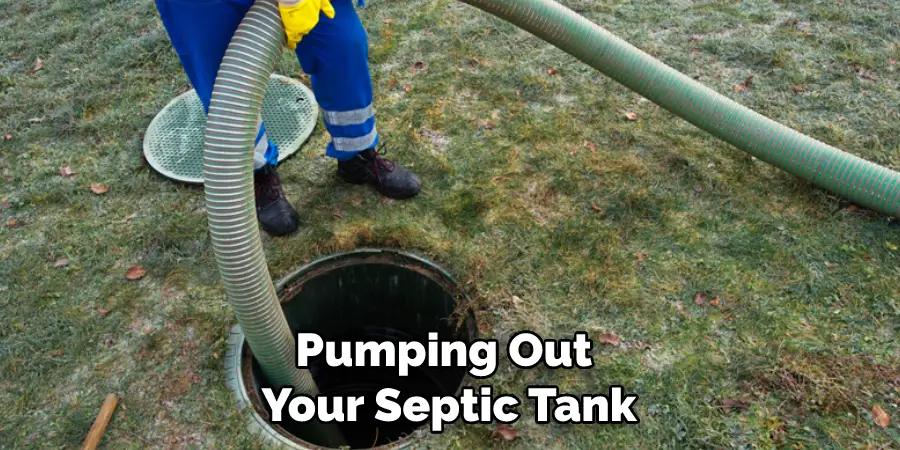
3. Inspect All Parts Of The System:
Take time to inspect all parts of your septic system, including the tank and drain field. Look for signs of damage or clogs that could be causing your backup. Make sure to check all pipes, valves, and other components as well to ensure they are working properly.
Conclusion
Although it may seem like a daunting task, fixing a septic tank backup is relatively simple if you follow the proper steps on how to fix septic tank backup. Be sure to call a professional if you are unsure of how to proceed or if the problem persists. With a little effort and time, you will have your septic tank running smoothly once again.

